The Roman Empire boasted some of history’s most influential and enduring political leaders, some of whom ruled for mere years while others reigned for decades.
This article explores the top ten longest-reigning Roman Emperors and delves into their life, accomplishments, and challenges up until the fall of the West in 476 AD.
10. Hadrian (21 years)

Hadrian, who ruled from 117 AD to 138 AD, brought great stability to the Roman Empire. He was known for his love of Greek culture and extensive travels, and as a gay Roman emperor, he was famous for his relationship with Antinous.
He famously built Hadrian’s Wall in Britain to defend the Roman Empire against barbarian invasions. Also, he oversaw the construction of several other notable buildings, including the Pantheon in Rome.
He patronized the arts and sciences; his reign is considered a high point in Roman culture and architecture.
9. Tiberius (22 years, 6 months, 28 days)
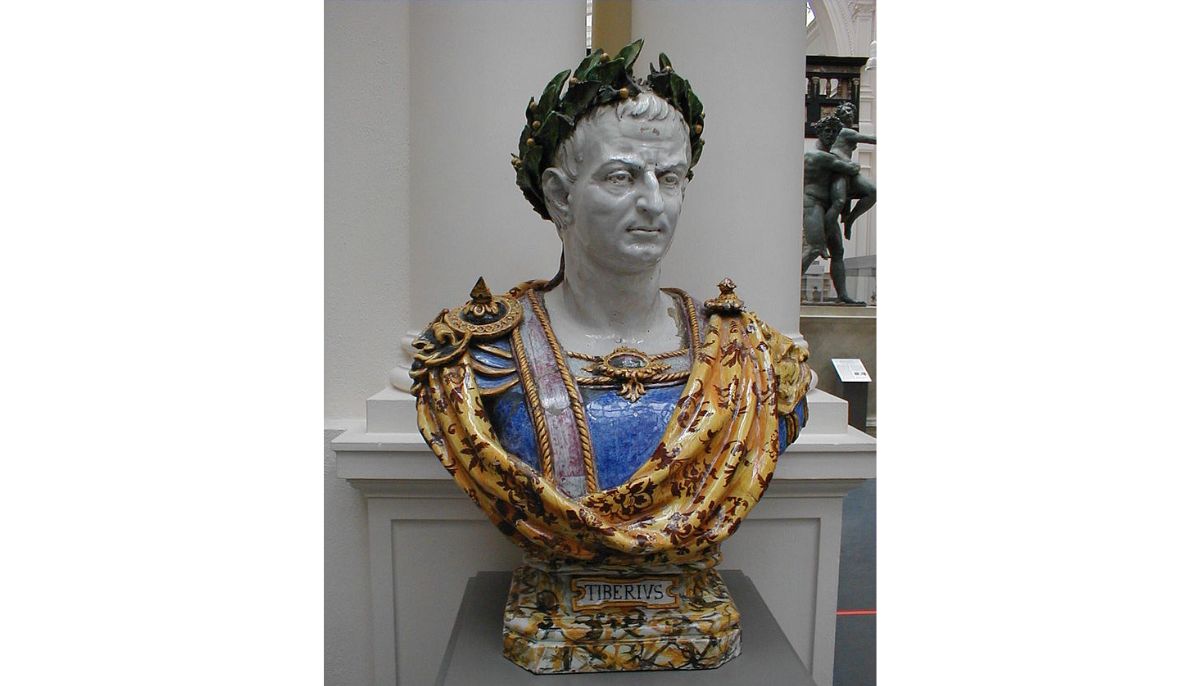
Tiberius ruled the Roman Empire from 14 AD to 37 AD. However, his rule was marked by growing unpopularity among the people and the Senate.
He became increasingly paranoid and withdrew from public life, leading some to believe he had descended into madness. His reign was also marked by several high-profile trials and executions, further eroding his reputation.
Tiberius is often remembered as a controversial and unpopular ruler whose reign began a turbulent period in Roman history.
8. Antoninus Pius (22 years, 7 months, 25 days)

Antoninus Pius, one of the “five good emperors,” ruled the Roman Empire from 138 AD to 161 AD. He preceded his adoptive son Marcus Aurelius, the philosopher emperor.
Antoninus Pius is remembered for his commitment to peace and stability, and his reign was marked by relative tranquility within the empire and in its relations with other nations.
He was known for his administrative abilities, commitment to public service, and legacy as a wise and just ruler, which has endured to this day.
7. Constantius II (24 years, 11 months, 20 days)
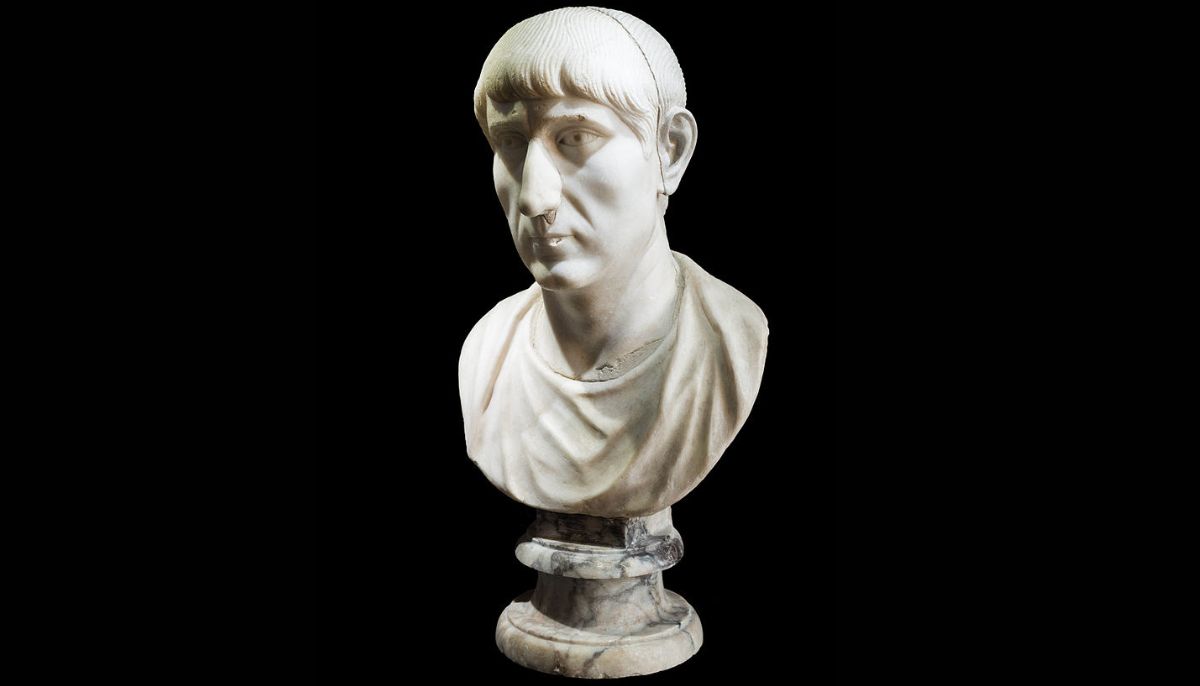
Constantius II was the Roman emperor from 337 AD to 361 AD. The son of Constantine the Great, Constantius was elevated to Caesar in 324 AD and became Augustus following his father’s death, alongside his brothers Constantine II and Constans, on September 9, 337 AD.
His rise to power included the brutal massacre of his father-in-law, an uncle, and several cousins. The empire was divided among the brothers, with Constantius governing the eastern regions, including Greece, Thrace, Asia, and Egypt.
His reign was characterized by relentless border warfare against the Sasanian Empire and Germanic tribes, alongside enduring civil wars, court intrigues, and usurpations within the Roman Empire. His religious policies exacerbated domestic conflicts, which persisted posthumously.
6. Arcadius (25 years, 4 months)
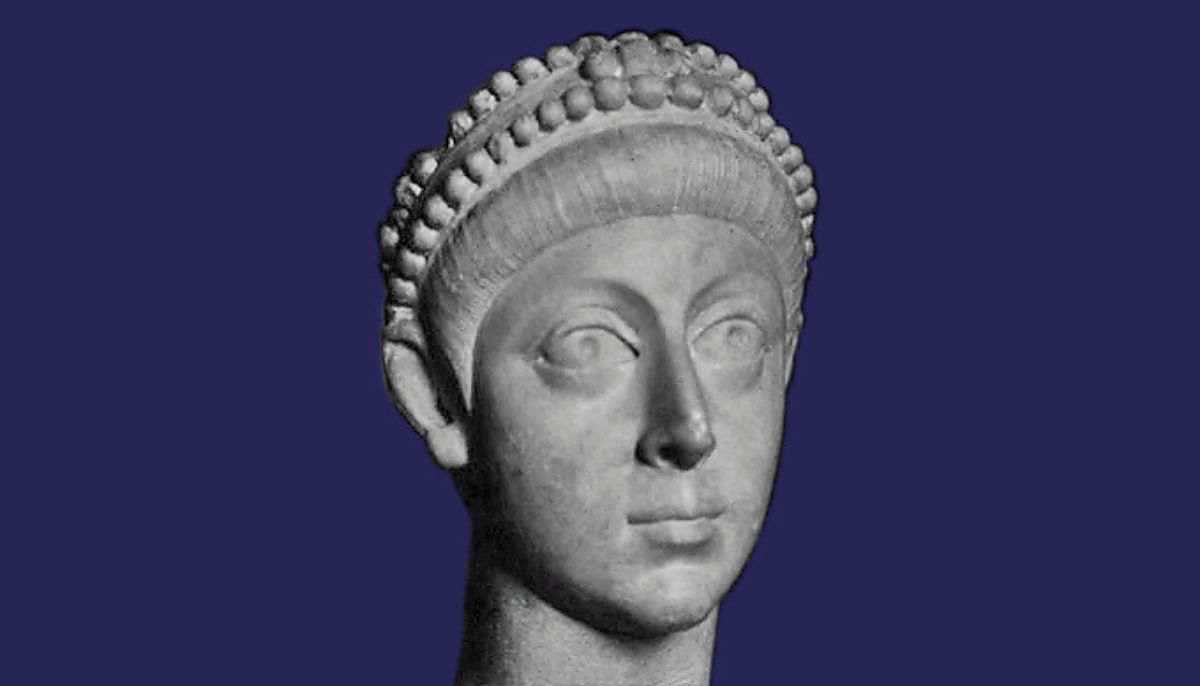
Arcadius ruled the Eastern Roman Empire from 383 AD to 408 AD alongside his brother Honorius, who led the Western Roman Empire.
However, despite his position of power, Arcadius was known for being dominated by his advisors and lacking the leadership skills to rule the empire effectively.
He spent much of his reign dealing with internal strife and conflict, and his advisors were often seen as the real power behind the throne.
5. Honorius (30 years, 7 months, 8 days)

Honorius is remembered as one of the worst Roman emperors, even though he managed to rule the Western Roman Empire for 30 years, from 395 AD to 423 AD.
During his reign, he presided over significant decline and instability and oversaw the first sack of Rome in 800 years by the Visigoths in 410 AD.
Honorius was known for being weak-willed and indecisive, and he relied heavily on his general, Stilicho, to maintain order and defend the empire against external threats.
However, even Stilicho’s efforts were not enough to save the empire, and under Honorius’ leadership, the Western Roman Empire continued to decline until its eventual collapse in 476 AD.
Honorius’ reign remains a significant period in Roman history and serves as a reminder of the consequences of weak leadership during times of crisis.
4. Valentinian III (29 years, 7 months, 22 days)
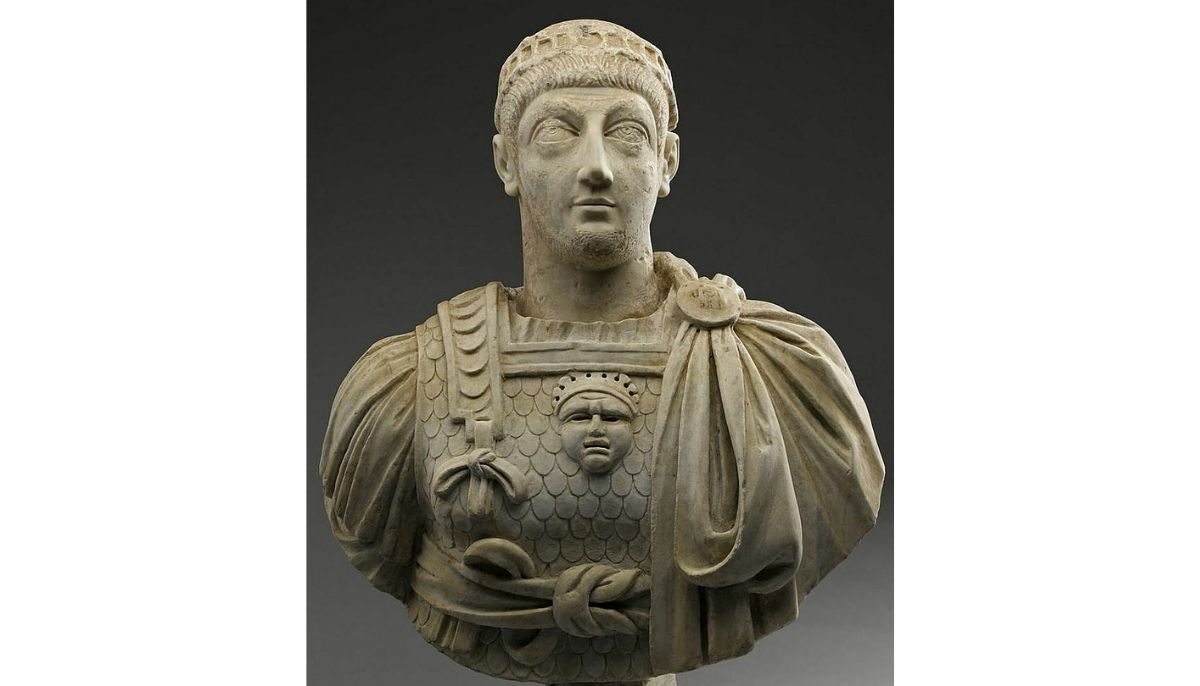
Valentinian III ruled the Western Roman Empire from 425 AD to 455 AD, a period of significant decline and instability for the empire.
Despite the difficult circumstances of his reign, Valentinian III is remembered for his efforts to deal with the invasions of Attila the Hun and other barbarian tribes who threatened the empire’s borders.
In 451 AD, Valentinian III and his Eastern Roman counterpart managed to repel Attila’s army at the Battle of the Catalaunian Plains, considered one of the most critical battles in Roman history.
However, despite his successes in defending the empire against external threats, Valentinian III could not prevent the ongoing internal decay from eroding the Western Roman Empire’s power and influence.
His reign was marked by political turmoil and assassination attempts, and he was eventually murdered by a conspiracy led by one of his officials.
3. Constantine I (30 years, 10 months, 27 days)

Constantine I, also known as Constantine the Great ruled the Roman Empire from 306 AD to 337 AD.
His reign is notable for several reasons, including his role in establishing Christianity as the dominant religion of the empire and the construction of the city of Constantinople, which would serve as the capital of the Byzantine Empire for centuries.
Constantine was also known for his ruthlessness during the civil wars that marked the early years of his reign, and his victory over his rivals was seen as a sign of his strength and determination.
However, despite his military successes and contributions to Christianity’s development, Constantine’s succession was marred by poor decisions and the rise of weak and ineffective leaders, which would eventually contribute to the decline and fall of the Roman Empire.
Constantine’s legacy remains significant, as his rule marked a turning point in Roman history and set the stage for the emergence of the Byzantine Empire as a considerable power in the Mediterranean world.
2. Augustus (41 years, 7 months, 3 days)
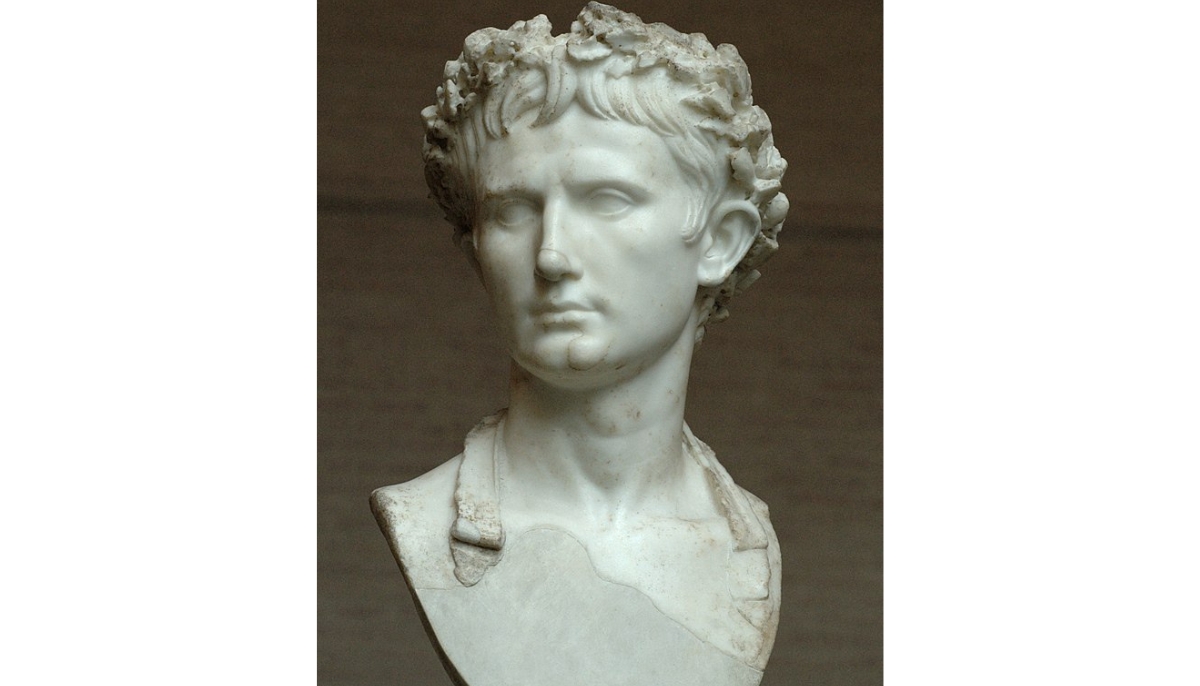
Augustus, born Gaius Octavius Thurinus, was the first emperor of the Roman Empire, reigning from 27 BC until his death in AD 14.
Widely regarded as one of the greatest political leaders in history, Augustus played a crucial role in transforming the Roman Republic into an empire that would last for centuries, even into the 15th century.
Under his leadership, Rome experienced a period of relative stability and prosperity known as the Pax Romana.
Augustus’ rule was characterized by his shrewd political maneuvering, his expansion of the Roman Empire, and his extensive building projects, which included the construction of aqueducts, temples, and public monuments throughout the empire.
1. Theodosius II (42 years, 2 months, 27 days)

Theodosius II was a Roman emperor who ruled as the Eastern Empire’s sole emperor for most of his life after being proclaimed Augustus as an infant in 402 AD and succeeding his father, Arcadius, in 408 AD.
His reign was characterized by several significant accomplishments, including the promulgation of the Theodosian law code, which became the basis of Roman law for centuries, and the construction of the Theodosian Walls of Constantinople, which helped to protect the city from invasion.
However, his reign was also marked by religious controversies, including the outbreak of the Nestorian and Eutychian controversies, which caused significant divisions within the Christian church.
Despite these challenges, Theodosius II is remembered as a capable ruler who made significant contributions to the Eastern Roman Empire.






